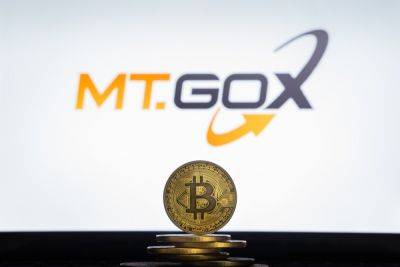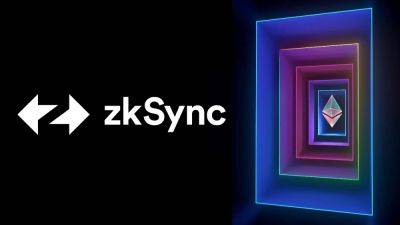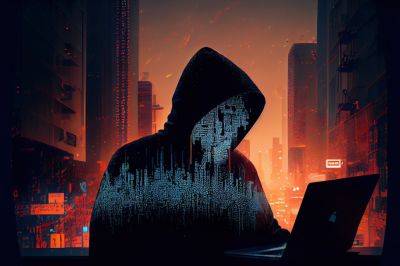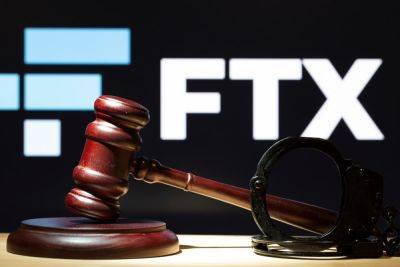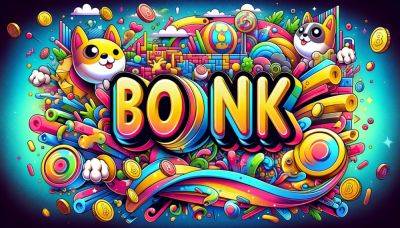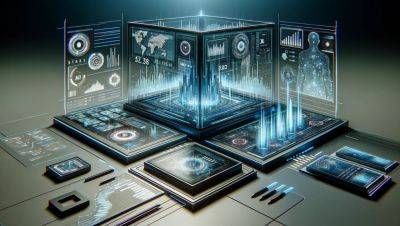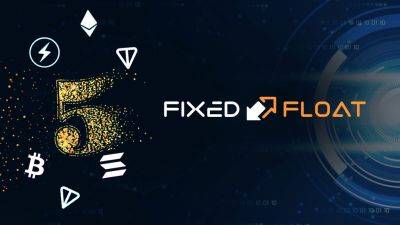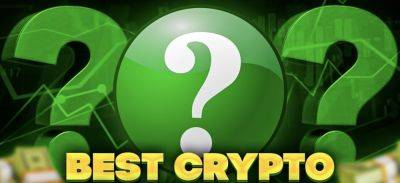How can NFTs transform daily life?
By now, hearing “NFT” in any context evokes some sort of reaction — good or bad. Some may be immediately thrust back to the spring of 2021 when digital artist Beeple sold an NFT of his original artwork for $69 million. Others might remember Peter Davidson’s singing “What the hell’s an NFT?” on Saturday Night Live. But for others, it’s less about novelty and more about utility.
Whether we like it or not, NFTs are so much more than the artwork that captivated the world two years ago. Their inherent capabilities — due almost entirely to the blockchain technology they are built on — lend themselves to industries and use cases that require transparency, authenticity and airtight security.
Consider healthcare and education as prime examples. In recent times, both sectors have encountered instances where individuals, such as nurses and teachers, were employed based on fraudulent qualifications. In May, the Washington Post highlighted a case where approximately 2,800 people acquired credentials from unaccredited schools without attending classes, passing the National Council Licensure Examination and subsequently using this achievement to secure better job opportunities.
This is where NFTs can come into play. Schools can address this problem by issuing NFTs for certifications or credentials to students who have genuinely attended and completed their curriculum. By possessing these NFTs, students gain a credible means to demonstrate to potential employers that they have successfully fulfilled the educational requirements for the role. Employers can easily verify this information since NFTs serve as unique, unmodifiable identifiers.
The Department of Motor Vehicles (DMV) — an antiquated, bureaucratic and frustratingly slow entity —
Read more on cointelegraph.com
 cointelegraph.com
cointelegraph.com